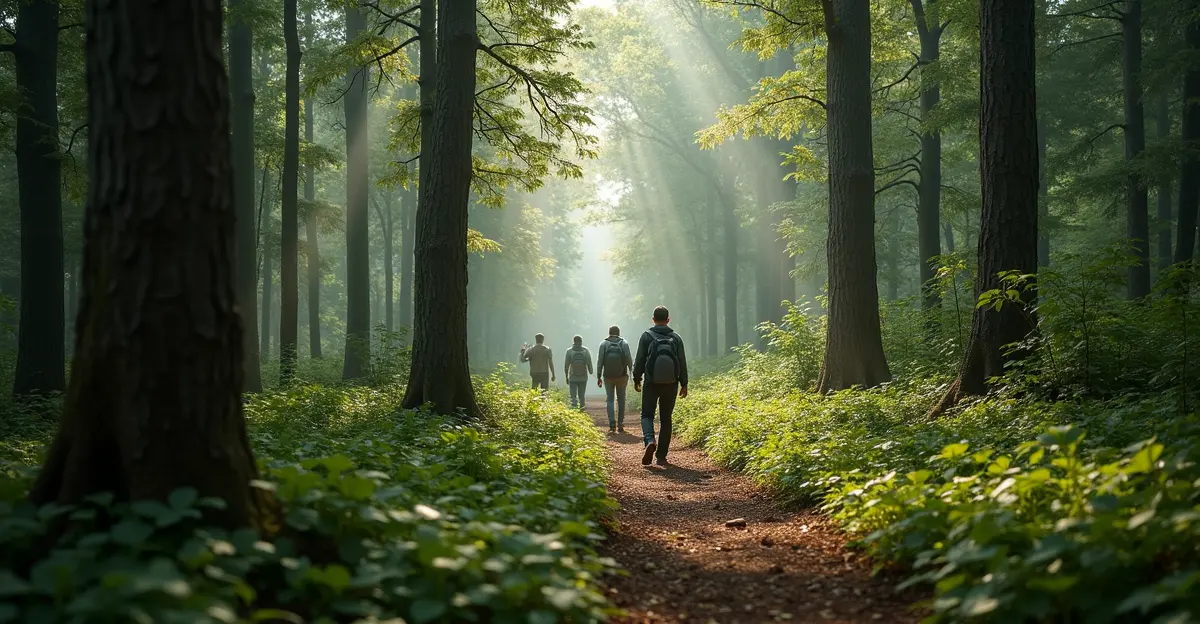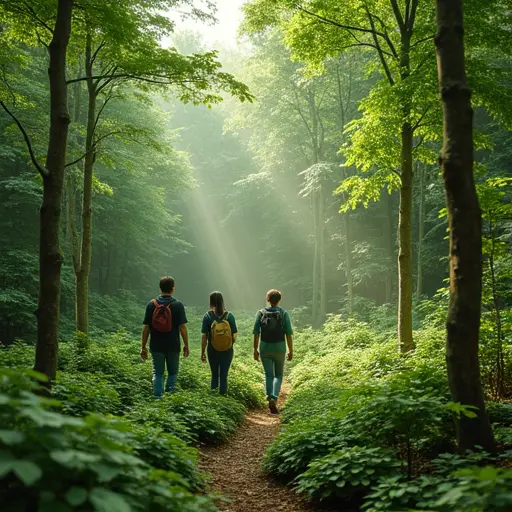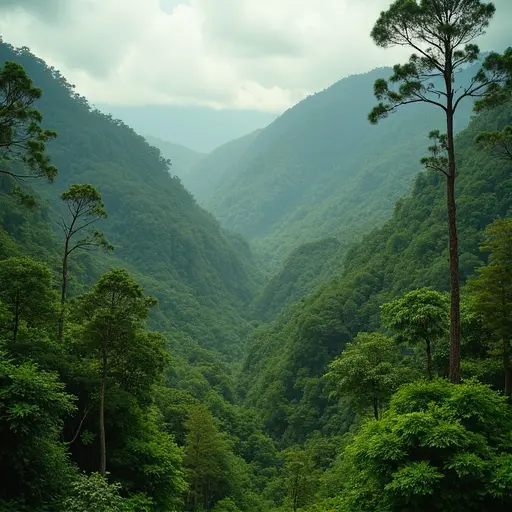
The Race to Save Europe's Ancient Woodlands
Across Europe, a growing network of dedicated volunteers is working tirelessly to map and protect the continent's remaining old-growth forests. These ancient ecosystems, some dating back thousands of years, represent less than 1% of Europe's total forest cover but harbor incredible biodiversity and play a crucial role in carbon sequestration.
What Makes Old-Growth Forests Special
Old-growth forests are characterized by their complex structure, diverse tree species of varying ages, and minimal human disturbance. They feature large ancient trees, standing dead trees (snags), fallen logs, and multi-layered canopies that create unique microhabitats for countless species. These forests have developed over centuries or even millennia without significant human intervention, making them irreplaceable reservoirs of genetic diversity.
The Volunteer Mapping Initiative
Volunteer groups across Europe are using modern technology including GPS devices, drones, and satellite imagery to create detailed maps of remaining old-growth stands. This citizen science approach helps identify previously undocumented ancient forests and monitor their health over time. The data collected is shared with conservation organizations and government agencies to inform protection policies.
Threats to Ancient Forests
Europe's old-growth forests face numerous threats including illegal logging, climate change, infrastructure development, and fragmentation. Many of these forests lack formal protection status, leaving them vulnerable to destruction. The volunteer mapping efforts help identify which areas need immediate conservation action.
Success Stories Across Europe
In Romania, volunteers have helped protect the last remaining virgin beech forests of the Carpathians. In Finland, citizen scientists are mapping ancient boreal forests threatened by logging. Similar initiatives are underway in Sweden, Poland, and the Balkans, where local communities are joining forces with international conservation groups.
How to Get Involved
Conservation organizations welcome volunteers with various skills - from field mapping and species identification to data analysis and advocacy. Training programs are available for those new to forest conservation, and many projects offer opportunities for both local and international participation.
The protection of Europe's remaining old-growth forests represents a critical conservation priority. These living museums of biodiversity not only preserve unique ecosystems but also serve as natural carbon sinks and climate regulators. Through the dedicated efforts of volunteers and conservationists, there's hope that these ancient woodlands will continue to thrive for generations to come.

 Nederlands
Nederlands English
English Français
Français Deutsch
Deutsch Español
Español Português
Português







